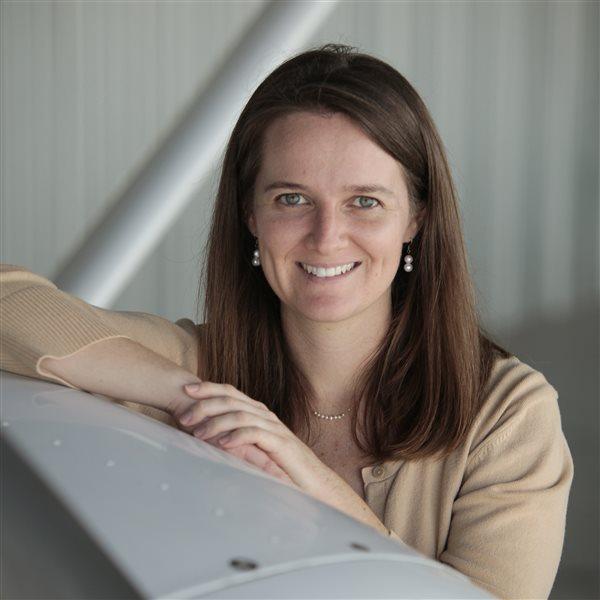Last-minute cram sessions and aircraft logbooks with neatly tagged inspection entries don’t cut it with Indianapolis veteran designated pilot examiner Robert Duncan. After giving practical tests for 31 years, Duncan recognizes whether pilot applicants truly understand and can apply the items required in task areas.
During a visit to Indianapolis in advance of AOPA’s May 31 Fly-In, AOPA interviewed Duncan, a lawyer and executive director of the Indianapolis Airport Authority, for tips for flight instructors to help ensure their students are ready for the practical test. Duncan considers students’ risk management abilities and whether they know the aircraft’s capabilities. He wants to make sure that students have learned the material with full application, not by memorizing a self-study book. One startling anecdote of a student’s lack of understanding that Duncan shared: He asked an applicant what would happen if he turned off the master switch during flight. The applicant responded that the engine would turn off.
“It’s a matter of preparation,” Duncan said. A common problem is that many flight instructors don’t spend enough one-on-one ground time with students to make sure they have a thorough understanding of how the aircraft works, he said.
Duncan’s favorite question: If you get in a Cessna 172 and all of the seats are removed except the pilot seat, can you legally fly it? He also likes to ask students if someone can sit in the back seat of a Cessna 172 when it’s being flown in the Utility category. Applicants often don’t understand the utility category or how to find its requirements in the pilot’s operating handbook. “They have it, they carry it, but do they actually know what’s in it?” Duncan said. “It always helps if you know where to look.”
He’s also had plenty of blank stares when he asks applicants questions about what’s in the aircraft logbooks, other than the required inspections marked by Post-it notes.
Duncan, who will celebrate 52 years of flying in June, is careful to distinguish between mistakes caused by the nerves associated with the practical test and actual gaps in knowledge. “Do you pink slip someone for missing one question? No, but go and ask more questions to ensure competency and understanding.” His goal isn’t to purposely trip up applicants, but to determine their understanding and application of the material. “What makes a good, safe pilot is what’s going on between the ears.” Duncan acknowledged that flying is also a mechanical skill. Even though the industry has tried to standardize technique, there are still variations. But, Duncan said, he’s noticed problems in the instruction students have received. For example, applicants haven’t been taught turning stalls. “That’s an instructor issue,” he said. Stalling in a turn is an important skill to learn in order to be able to recognize the conditions that lead to them, and prevent scenarios such as the fatal stall-spin from poor base-to-final turns.
Duncan also combines tasks on checkrides, for example, asking students to do a forward slip to a no-flap landing with a soft-field touchdown technique. “I might as well get my rocking chair out waiting for them to land,” Duncan said, referring to students’ airspeed being too fast during the maneuver.
“I can see what’s coming before it comes,” Duncan said. He said that if the applicant recognizes the error and takes prompt, appropriate action to correct it, the exam will continue. If Duncan has to take the controls, then the applicant will have failed.
On the ground or in the air, it comes down to safety and whether the applicants have the understanding and decision-making abilities to apply what they’ve learned to be safe. And no amount of logbook organization or last-minute memorizing will cover up a lack of understanding.



